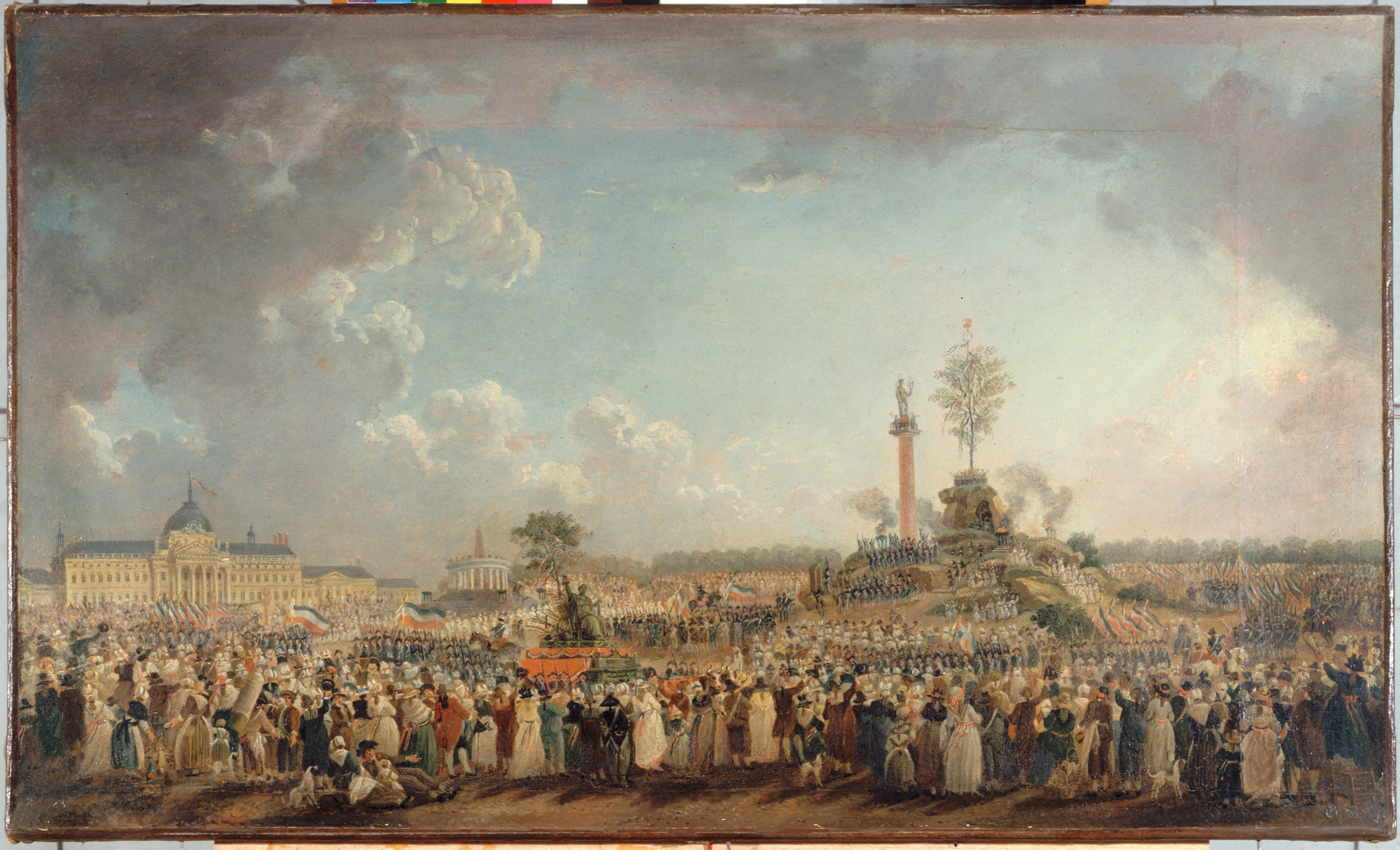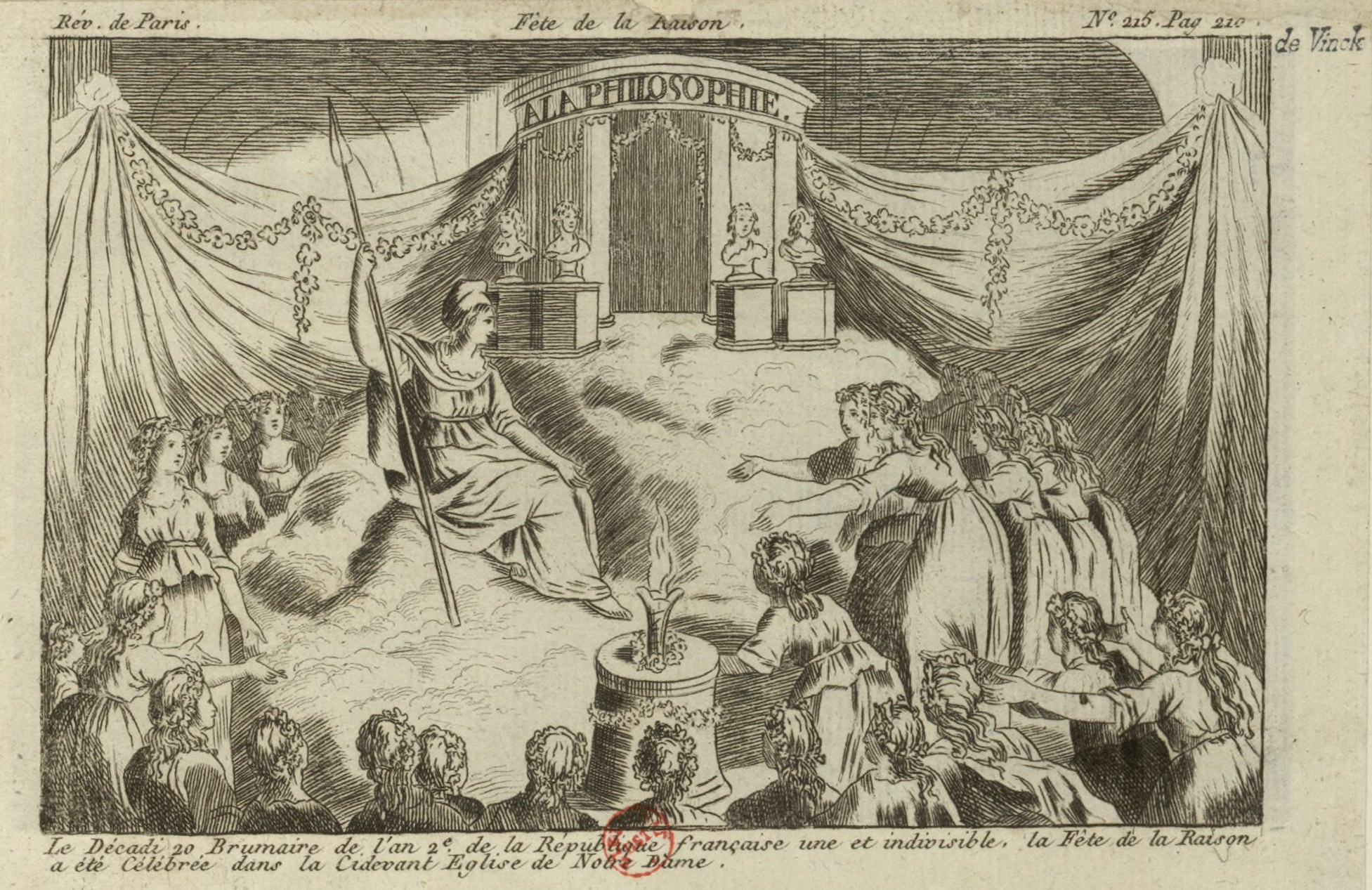France History Revolution, 1789-1799 Religious aspects
Enlarge text Shrink textThe aim of several policies conducted by various governments of France during the French Revolution ranged from the appropriation by the government of the great landed estates and the large amounts of money held by the Catholic Church to the termination of Christian religious practice and of the religion itself. There has been much scholarly debate over whether the movement was popularly motivated or motivated by a small group of revolutionary radicals. These policies, which ended with the Concordat of 1801, formed the basis of the later and less radical laïcité policies. The French Revolution initially began with attacks on Church corruption and the wealth of the higher clergy, an action with which even many Christians could identify, since the Gallican Church held a dominant role in pre-revolutionary France. During a one-year period known as the Reign of Terror, the episodes of anti-clericalism became some the most violent of any in modern European history. The revolutionary authorities suppressed the Church, abolished the Catholic monarchy, nationalized Church property, exiled 30,000 priests, and killed hundreds more. In October 1793, the Christian calendar was replaced with one reckoned from the date of the Revolution, and Festivals of Liberty, Reason, and the Supreme Being were scheduled. New forms of moral religion emerged, including the deistic Cult of the Supreme Being and the atheistic Cult of Reason, with the revolutionary government briefly mandating observance of the former in April 1794.
Read more on Wikipedia >
 Topic
Topic







